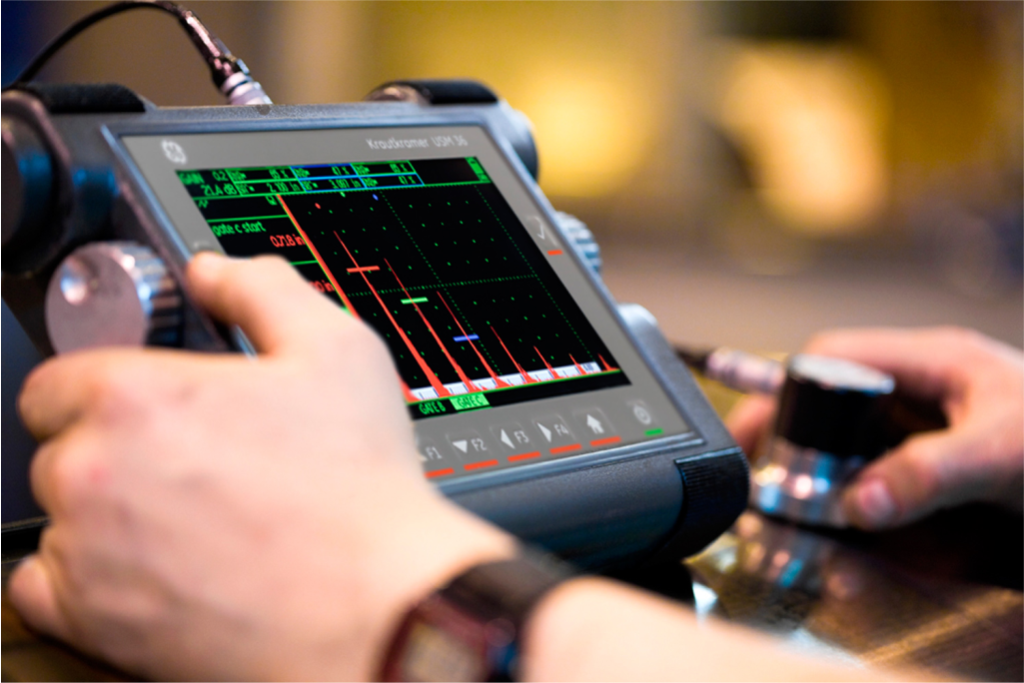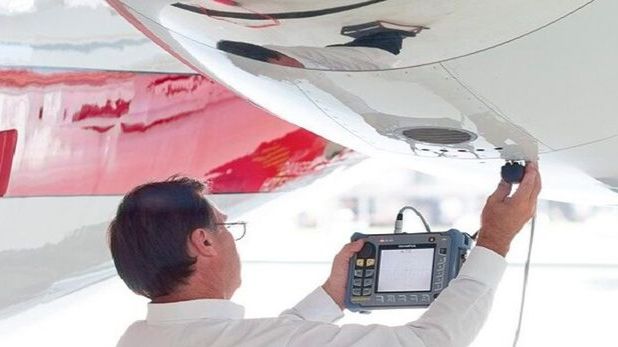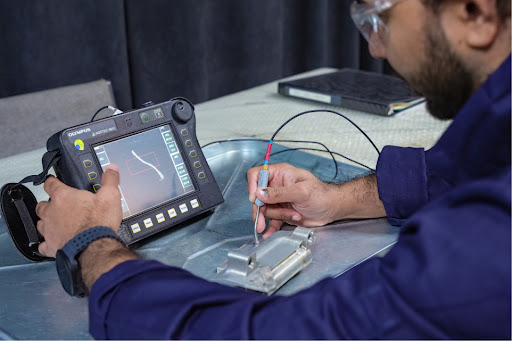In the world of quality assurance, understanding how to choose frequency for material inspection is vital. The frequency at which materials are inspected can significantly impact the overall effectiveness of quality control processes. Ensuring that the right frequency is chosen helps in maintaining product quality and reducing defects.
The process of selecting the appropriate frequency is not always straightforward. It involves various considerations, such as the type of material, the industry standards, and the specific requirements of the production process. In this article, we will delve into these aspects, offering insights and guidance to help you make informed decisions.

Understanding Material Inspection
Material inspection is a critical component of the manufacturing process. It involves examining materials to ensure they meet the specified quality standards before they are used in production. This step is crucial in preventing defects and ensuring the final product’s quality.
The Importance of Inspection Frequency
Inspection frequency refers to how often materials are checked during the manufacturing process. Deciding on the right frequency can make a significant difference in maintaining consistent quality. Too frequent inspections can lead to unnecessary costs, while infrequent inspections might result in defects going unnoticed.
Factors Influencing Frequency Selection
Several factors should be considered when determining the frequency of material inspections:
Type of Material
Different materials have varying inspection needs. For instance, delicate materials may require more frequent inspections compared to more robust materials.
Industry Standards
Adhering to industry standards is crucial. Different industries have specific guidelines regarding inspection frequencies that must be followed.
Production Process Requirements
The nature of the production process can also dictate how often inspections should occur. For example, processes that involve high precision might necessitate more frequent inspections.
Methods for Determining Inspection Frequency
There are various methods and tools available to help determine the optimal inspection frequency:
Risk Assessment
Conducting a risk assessment can aid in identifying potential areas of concern, helping to determine where and how often inspections should occur.
Historical Data Analysis
Using historical data can provide insights into past defects and help establish a frequency that minimizes future issues.
Technological Tools
Modern technology offers tools and software that can assist in setting inspection frequencies based on data analytics and predictive maintenance techniques.
Common Challenges in Frequency Selection
While choosing the right frequency is crucial, it often comes with challenges:
Balancing Cost and Quality
Finding the right balance between inspection costs and maintaining high-quality standards can be challenging.
Adapting to Changes
Industries are constantly evolving, and so are the materials used. This requires continuous adaptation in inspection frequencies.
Technological Advancements in Inspection
Advancements in technology have significantly impacted material inspection:
Ultrasonic Devices
Ultrasonic devices have revolutionized inspection processes, allowing for more accurate and efficient inspections. For more information, you can read about frequency calibration in ultrasonic devices.
Synchronization Techniques
Using synchronization techniques, as discussed here, can improve the accuracy of inspections significantly.
Recommendations for Industry Professionals
For industry professionals, staying updated with the latest trends and technologies is essential. Regular training and adopting new technologies can help in optimizing inspection frequencies effectively.
Continuous Improvement
Implementing a culture of continuous improvement can help in regularly reviewing and adjusting inspection frequencies as needed.
Collaborative Efforts
Encouraging collaboration between different departments can lead to more effective inspection processes.
Conclusion
Choosing the right inspection frequency is crucial for maintaining high-quality standards in any industry. By considering the various factors and utilizing modern technologies, industry professionals can optimize their inspection processes, ensuring better product quality and efficiency.

FAQs
What is the role of inspection frequency?
Inspection frequency plays a critical role in ensuring that materials meet quality standards at various stages of production. It helps in identifying defects early, reducing the risk of faulty products reaching the market.
How can technology aid in setting inspection frequencies?
Technology offers tools and software that analyze data and provide insights into optimal inspection frequencies. These tools can help in predictive maintenance, ensuring inspections are timely and effective.
Why is it important to adhere to industry standards?
Adhering to industry standards ensures compliance and helps maintain consistency in quality. It also helps in meeting customer expectations and regulatory requirements.
For further reading on setting inspection frequencies, you can visit this external resource.
This article contains affiliate links. We may earn a commission at no extra cost to you.
